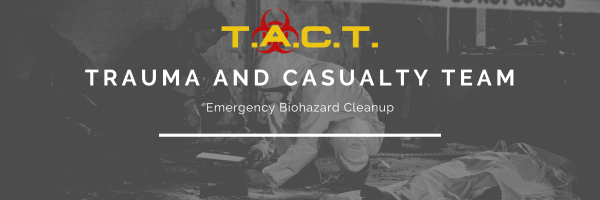biohazard waste

Understanding Biohazardous Waste: A Comprehensive Guide
Definition and Categories of Biohazardous Waste
Definition of Biohazardous Waste
- Biohazardous waste is defined as any waste containing infectious materials or potentially infectious substances, such as blood, bodily fluids, and human tissues.
- It includes any waste products that have the risk of carrying human pathogens.
- Biohazardous waste can pose a risk to human health and the environment.
Categories of Biohazardous Waste
- Liquid biohazardous waste includes bulk quantities of blood, blood products, body fluids, and culture media from human and animal research origin.
- Solid biohazardous waste includes non-sharp items contaminated with human or animal diagnostic specimen material, microbiological culture material, or recombinant DNA.
- Sharps waste includes needles, blades, and other sharp objects contaminated with infectious materials.
- Regulated medical waste includes pathological waste, animal carcasses, and hazardous chemicals.
Challenges in Managing Biohazardous Waste
Handling Sharps
- Sharps must be disposed of properly to prevent harm to humans and the environment.
- Sharps container placement is crucial to prevent sharps from being lost or misplaced.
- Biohazardous sharps waste must be disposed of in an FDA-approved container that is puncture-resistant, has a restricted opening, and is labeled with the universal biohazard symbol.
Treating Liquid Waste
- Liquid biohazardous waste requires specialized treatment and disposal procedures to prevent harm to humans and the environment.
- Liquid waste includes any type of liquid drained or generated from an infected area of the body, including cell culture media, supernatant, blood, and other bodily fluids.
Best Practices for Managing Biohazardous Waste
Segregation and Storage
- Biohazardous waste should be segregated from other types of waste to prevent cross-contamination.
- Solid biohazardous waste must be collected in a leak-proof container lined with an autoclavable bag and labeled with the biohazard symbol.
- Liquid biohazardous waste must be stored in a designated area with secondary containment to prevent spills and leaks.
Disposal and Minimization
- Biohazardous waste must be disposed of according to proper disposal procedures to prevent harm to humans and the environment.
- Minimizing biohazardous waste generation is crucial to reduce the risk of infection and environmental release.
- Proper handling and disposal of biohazardous waste helps prevent occupational exposure and environmental release risks.
Responsibilities and Resources
Responsibility of the Investigator
- As a researcher, it is your responsibility to maintain a general knowledge of biosafety regulations and guidelines.
- You must segregate and manage biological materials as biohazardous waste if they pose a risk of infectious disease transmission or environmental release.
Additional Resources for Researchers
- Contact WSU officials responsible for biohazardous waste management with questions about waste management.
- WSU officials can provide guidance on proper waste disposal and management, including the efficacy of chemical inactivation, incineration, or autoclaving for your particular research.
Latest news

Top - Rated Bio Cleaning Services for Biohazard and Crime Scene Cleanup
Bio Cleaning Services
Read More
Work Vans, Clutter, and Gossip? T.A.C.T. Makes It All Disappear—Discreetly.
Nosy neighbors peeking? T.A.C.T. North Atlanta offers discreet biohazard remediation for rodent infestations, mold, hoarding, and more. Unmarked vehicles, quiet experts, full privacy—24/7 service at 470-781-4775.
Read More
